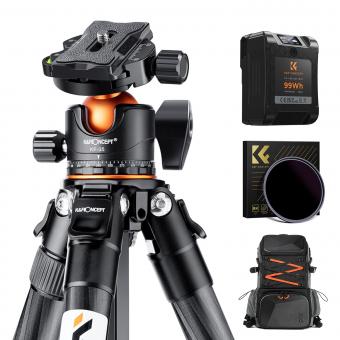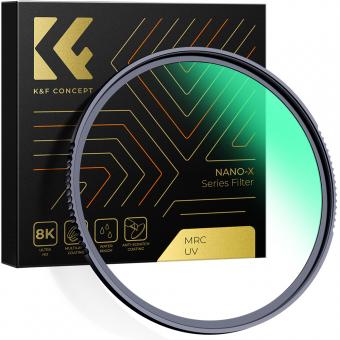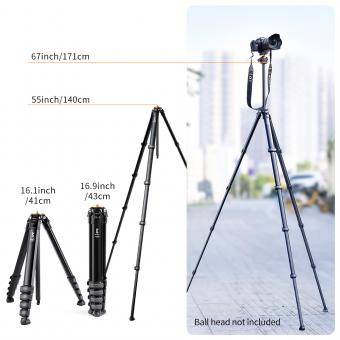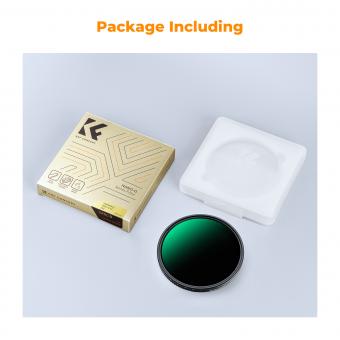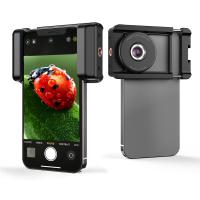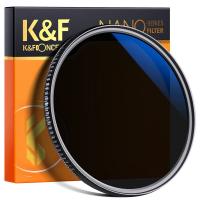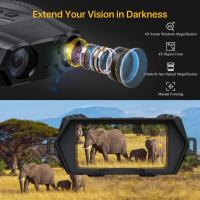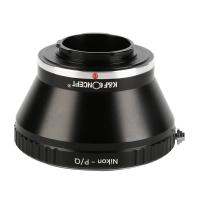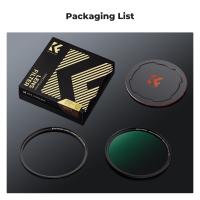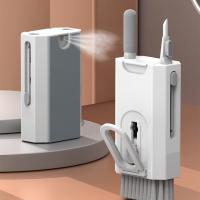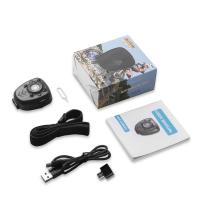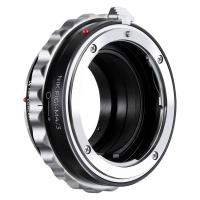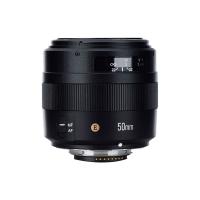How To Attach Mic To Tripod ?
To attach a microphone to a tripod, you will need a microphone stand adapter. This adapter typically screws onto the top of the tripod and provides a threaded mount for the microphone.
First, ensure that the tripod is set up and stable. Then, screw the microphone stand adapter onto the top of the tripod. Next, attach the microphone to the adapter by screwing it onto the threaded mount.
Make sure the microphone is securely attached and positioned correctly before use. Adjust the height and angle of the tripod as needed to achieve the desired microphone placement.
1、 Types of microphones compatible with tripods
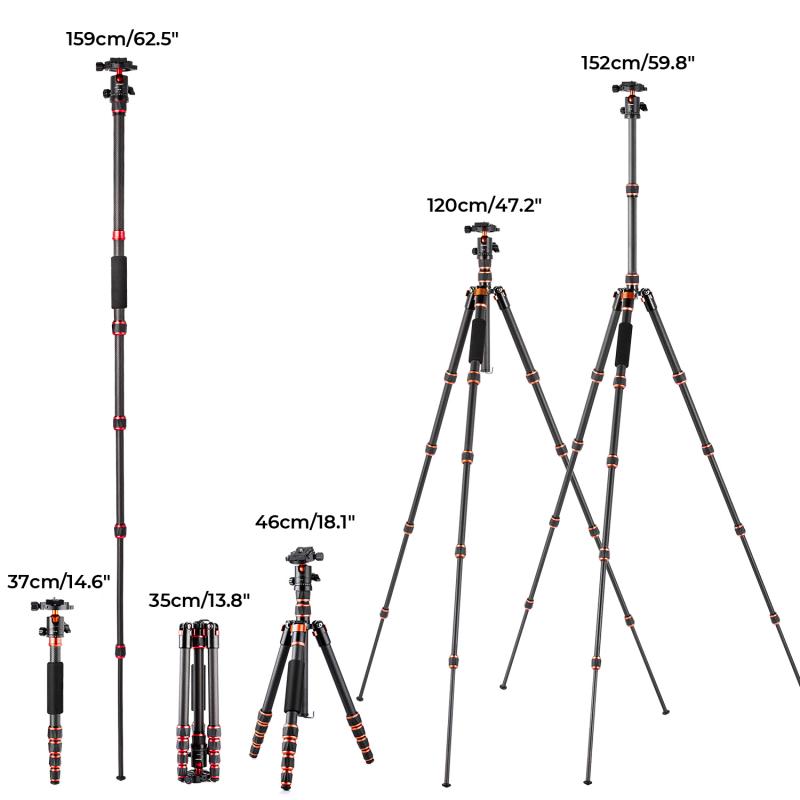
How to attach mic to tripod:
Attaching a microphone to a tripod is a simple process that requires a few steps. First, ensure that the tripod has a compatible mount for the microphone. Most tripods have a standard 1/4-inch screw mount that can accommodate most microphones. Next, attach the microphone to the mount by screwing it in place. Make sure that the microphone is securely attached to the tripod to prevent it from falling off during use. Finally, adjust the position of the microphone to ensure that it is pointing in the right direction and at the correct height.
Types of microphones compatible with tripods:
There are several types of microphones that are compatible with tripods, including condenser microphones, dynamic microphones, and shotgun microphones. Condenser microphones are ideal for recording vocals and acoustic instruments, while dynamic microphones are better suited for recording loud sounds such as drums and electric guitars. Shotgun microphones are highly directional and are commonly used for film and video production.
In recent years, there has been a rise in popularity of USB microphones, which can also be attached to tripods. These microphones are easy to use and do not require any additional equipment, making them a popular choice for podcasters and content creators. Additionally, wireless microphones are also becoming more common, allowing for greater flexibility and mobility during recording sessions.
2、 Tripod mounting options for microphones
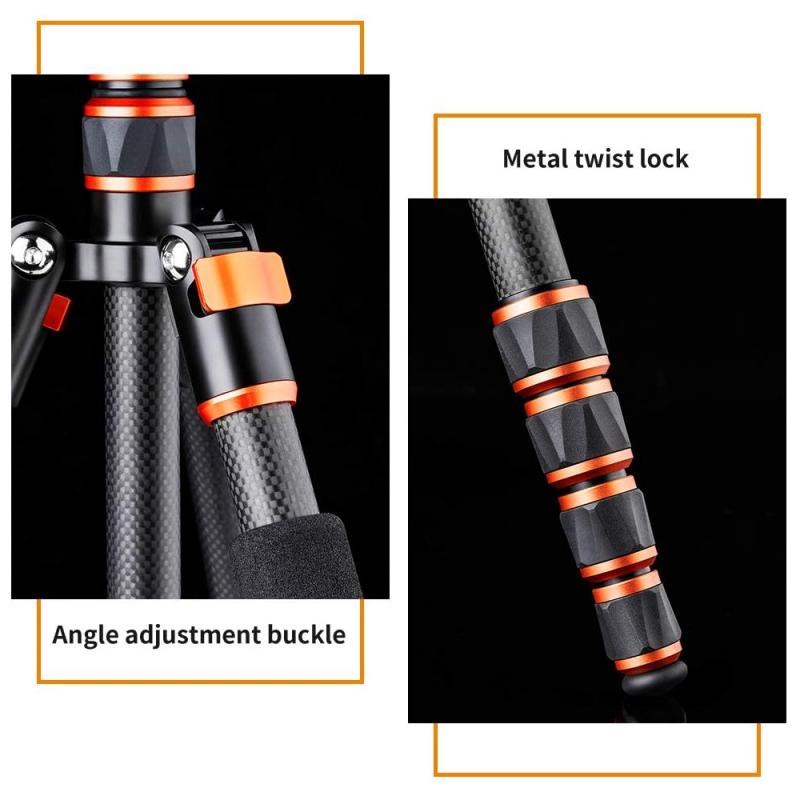
How to attach mic to tripod:
Attaching a microphone to a tripod is a simple process that can be done in a few easy steps. First, you will need to ensure that your microphone has a threaded mount that is compatible with your tripod. Most microphones have a standard 5/8-inch thread, which is the same size as most tripod mounts.
To attach your microphone to the tripod, simply screw the microphone onto the tripod mount. Make sure that the microphone is securely attached and tightened to prevent it from falling off during use.
Tripod mounting options for microphones:
There are several tripod mounting options available for microphones, including:
1. Standard tripod mount: This is the most common mounting option for microphones and is compatible with most tripods.
2. Shock mount: A shock mount is a specialized mount that helps to isolate the microphone from vibrations and handling noise. This is particularly useful for recording in noisy environments or when using a handheld microphone.
3. Boom arm: A boom arm is a flexible arm that attaches to a tripod and allows you to position the microphone in a variety of different angles and positions. This is useful for recording podcasts or interviews where you need to move the microphone around.
4. Tabletop stand: A tabletop stand is a small stand that sits on a desk or table and allows you to position the microphone at a comfortable height for recording.
In recent years, there has been a trend towards using smaller, more portable tripods for recording audio. These tripods are often designed specifically for use with microphones and offer a lightweight and compact solution for recording on the go.
3、 Attaching a microphone to a tripod using a shock mount
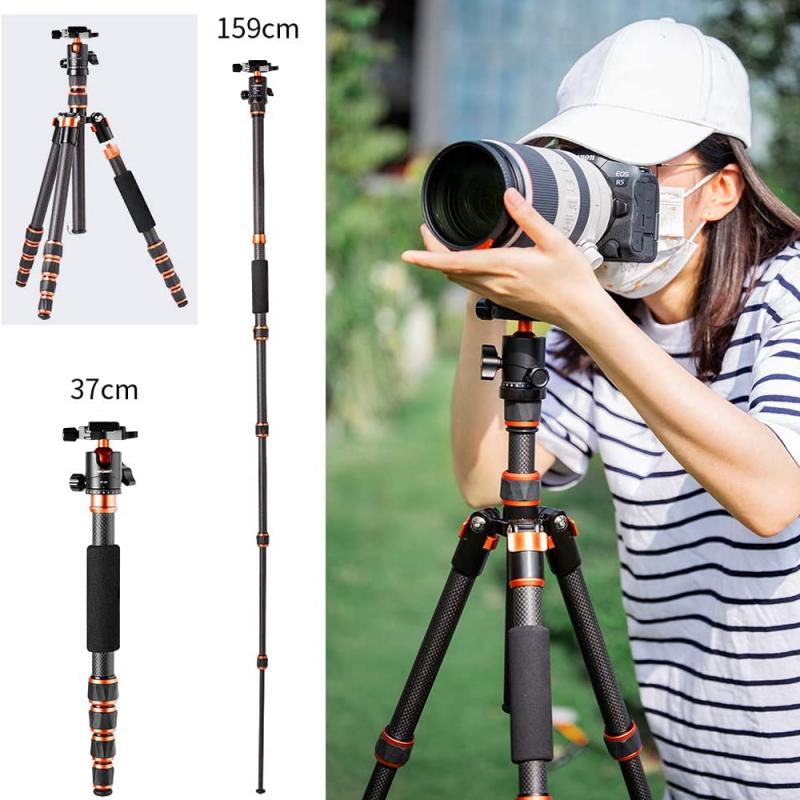
Attaching a microphone to a tripod is a simple process that can be done in a few easy steps. First, you will need a microphone clip or shock mount that is compatible with your microphone and tripod. Most microphones come with a clip or mount, but if yours doesn't, you can purchase one separately.
To attach the microphone to the tripod, simply screw the clip or mount onto the microphone and then attach it to the tripod. Make sure the microphone is securely fastened to the tripod to prevent it from falling or moving during use.
If you are using a shock mount, the process is slightly different. A shock mount is designed to isolate the microphone from vibrations and other unwanted noise, so it is important to use it correctly. To attach a microphone to a tripod using a shock mount, first attach the shock mount to the tripod. Then, attach the microphone to the shock mount using the clip or mount. Make sure the microphone is securely fastened to the shock mount to prevent it from moving or falling.
In recent years, there has been a trend towards using boom arms instead of tripods for microphone placement. Boom arms allow for more flexibility in positioning the microphone and can be adjusted easily during use. However, tripods are still a popular choice for many applications and are a reliable and affordable option for attaching a microphone.
4、 Securing a microphone to a tripod with a clamp
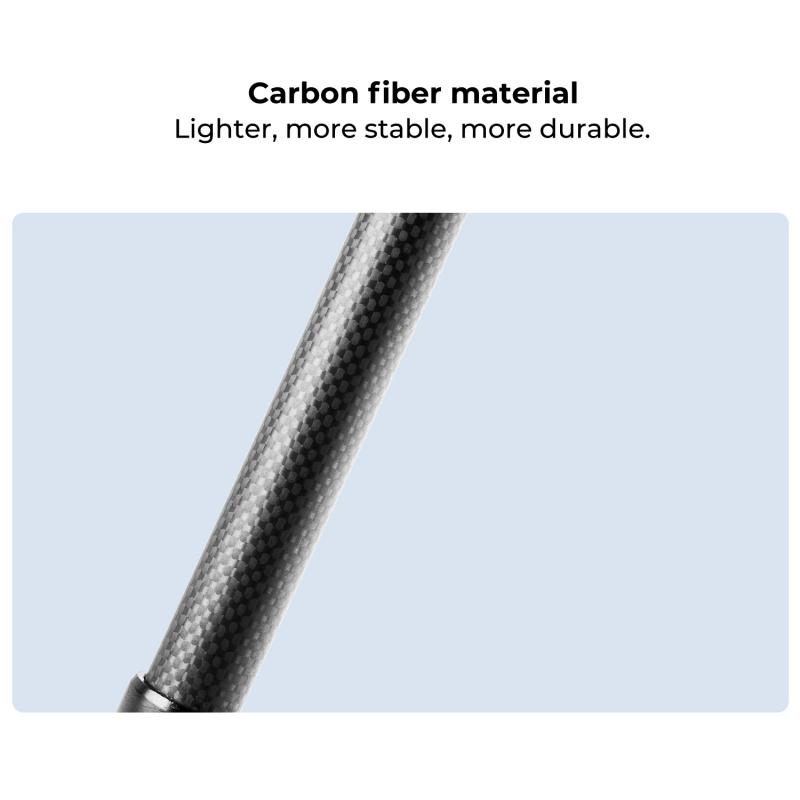
Securing a microphone to a tripod with a clamp is a simple and effective way to ensure that your audio recordings are clear and crisp. To attach a mic to a tripod, you will need a few basic tools and accessories.
First, you will need a microphone clamp that is compatible with your tripod. Most clamps are designed to fit standard tripod threads, so make sure to check the specifications of your equipment before purchasing a clamp.
Once you have your clamp, attach it to the top of your tripod by screwing it onto the thread. Make sure that the clamp is securely fastened to the tripod to prevent any wobbling or movement during recording.
Next, attach your microphone to the clamp by sliding it into the holder and tightening the screw to secure it in place. Make sure that the microphone is positioned correctly and facing the direction you want to record.
Finally, adjust the height and angle of the tripod to ensure that the microphone is positioned at the correct height and angle for your recording needs. You may need to experiment with different positions to find the best setup for your specific recording situation.
Overall, securing a microphone to a tripod with a clamp is a simple and effective way to improve the quality of your audio recordings. With the right equipment and a little bit of practice, you can achieve professional-quality sound for your videos, podcasts, and other audio projects.





